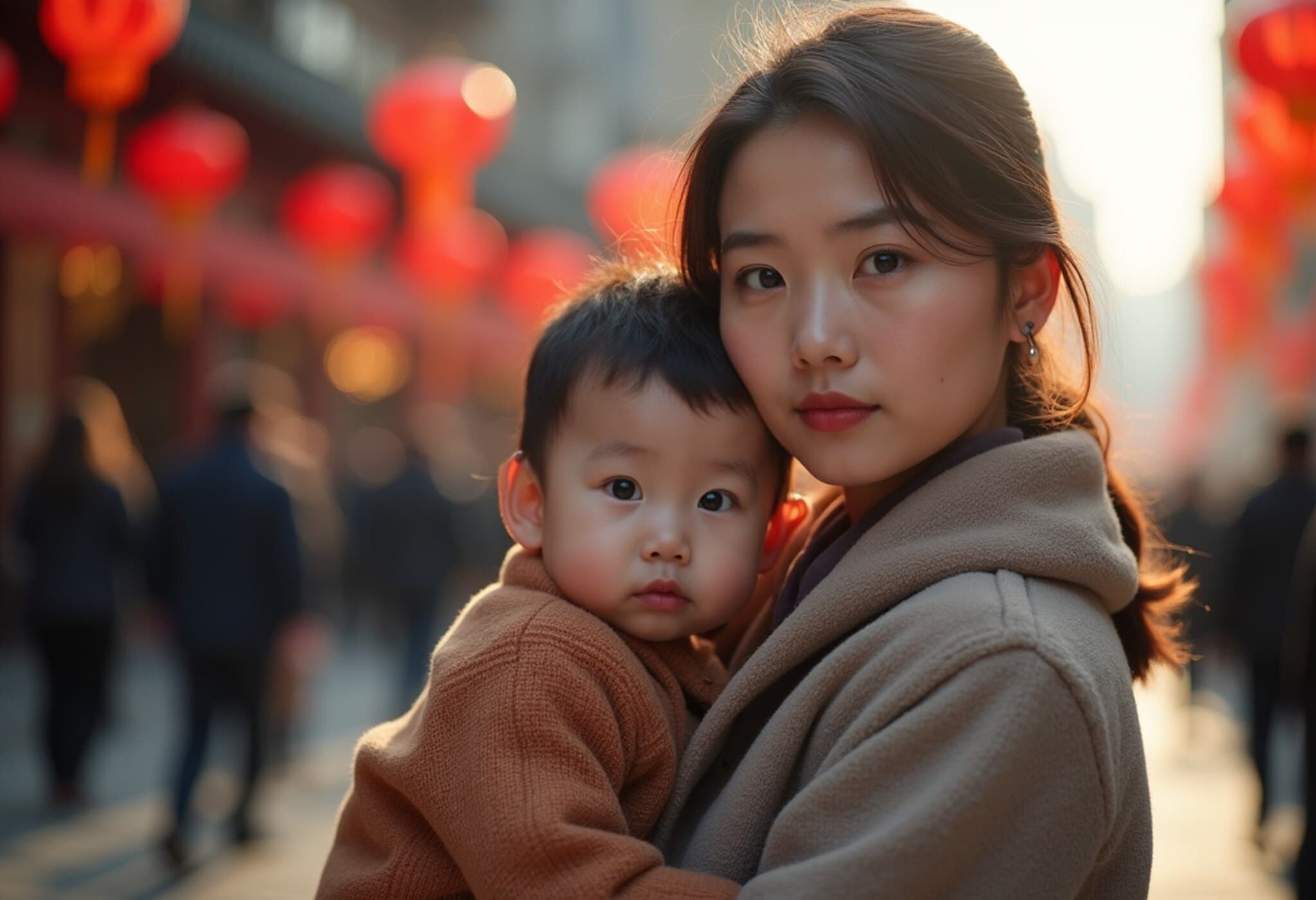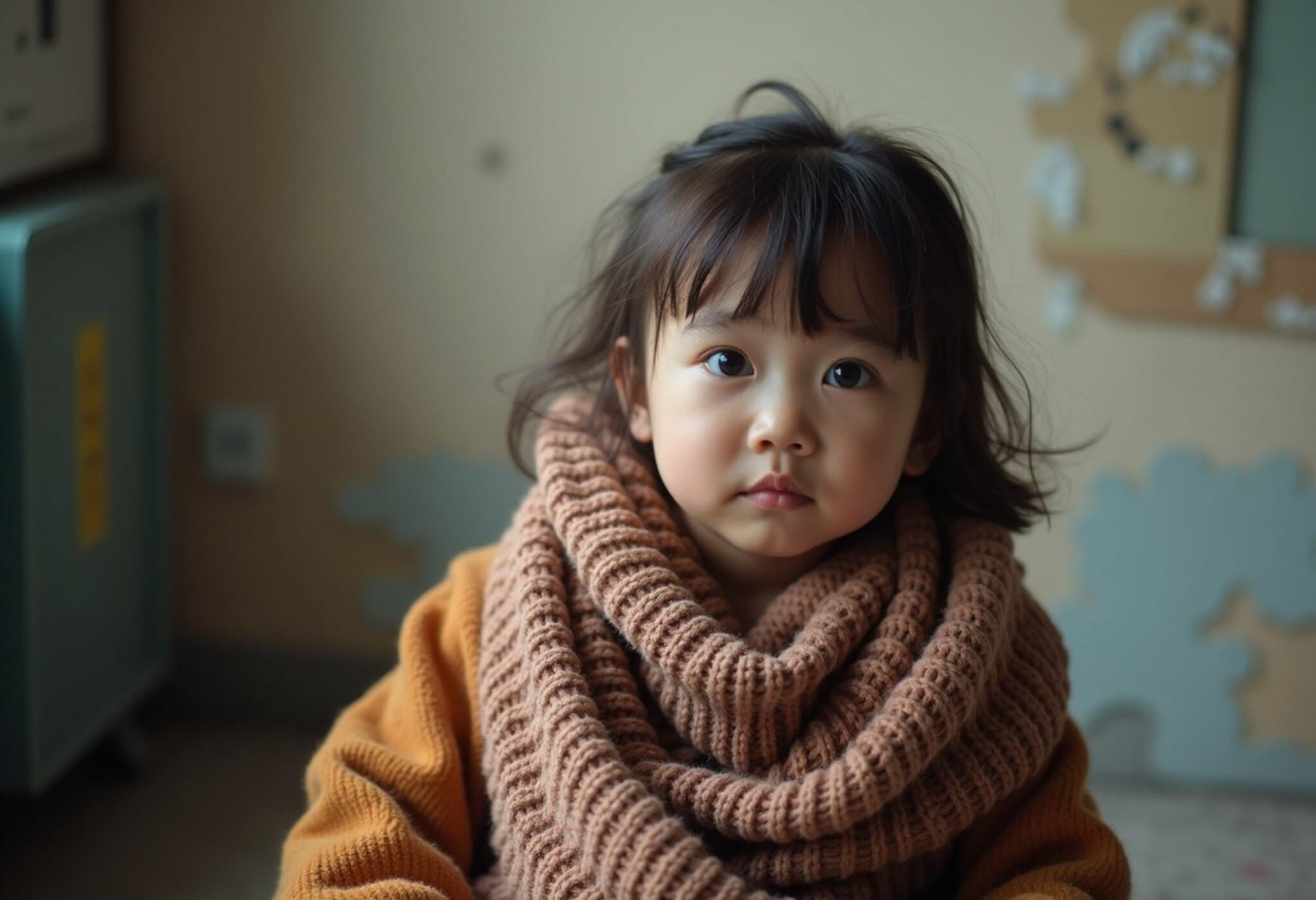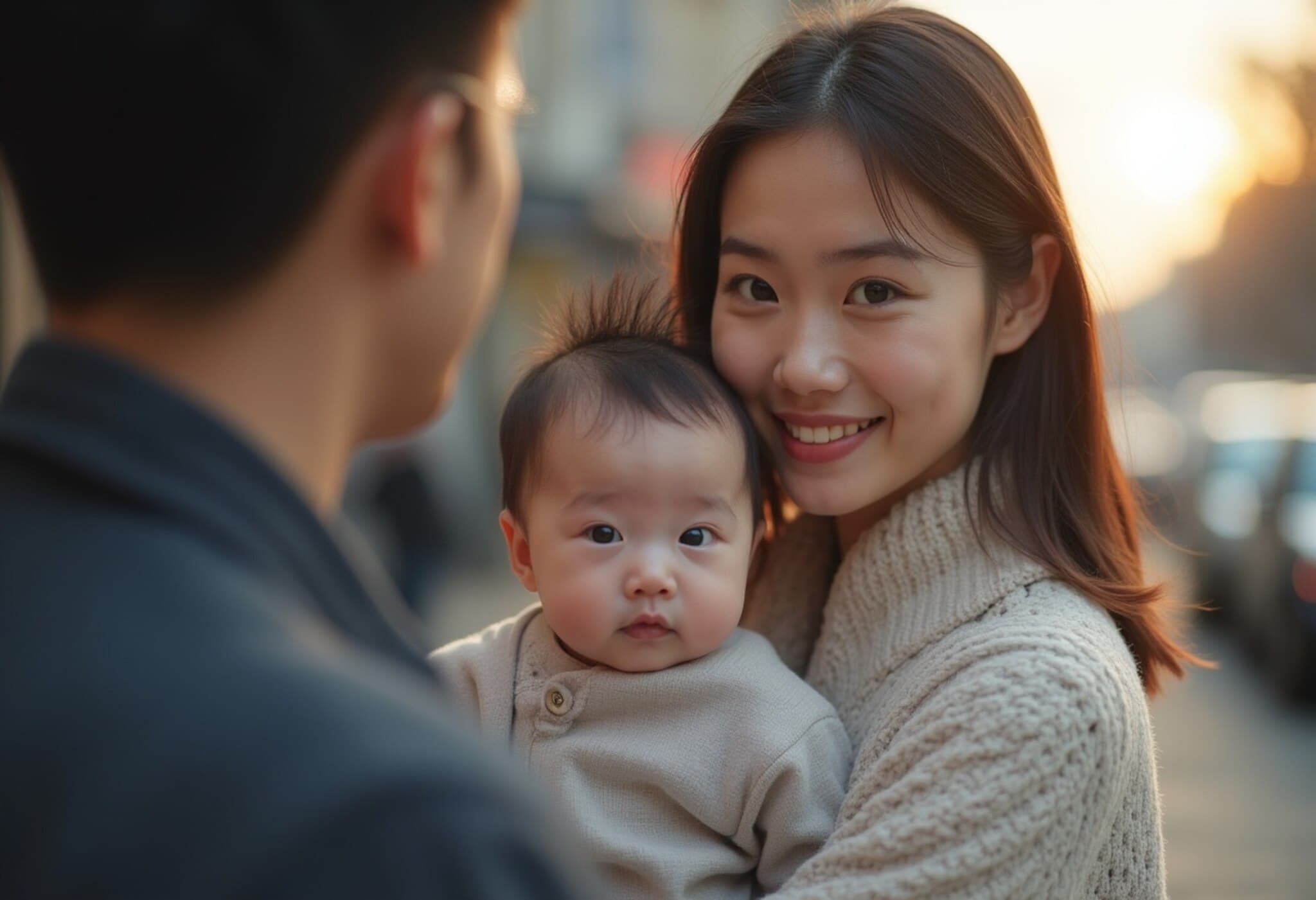China Introduces Annual Subsidy to Encourage Childbirth Amid Demographic Worries
In a striking policy reversal from its decades-old one-child rule, the Chinese government announced a new initiative in late July 2025 aimed at boosting the country’s sagging birth rates. Starting January 1 this year, families will receive an annual subsidy of 3,600 yuan (approximately $500) per child until the age of three. Over three years, this amounts to 10,800 yuan per child—a financial incentive designed to ease the burdens of child-rearing across the nation.
The Weight of History: From One-Child Policy to Baby Bonuses
Back in 1979, when China’s population neared a billion, Deng Xiaoping’s government imposed the one-child policy to curb population growth, often through harsh measures like fines and forced sterilizations. Four decades later, the government is taking the opposite approach.
State broadcaster CCTV hailed the move as a “major nationwide policy aimed at improving public wellbeing” and highlighted its intent to deliver direct cash support to families, acknowledging the rising costs associated with raising children.
Demographic Realities: China's Population Decline and Aging Crisis
Despite the policy shifts—relaxing rules to allow two children in 2016, then three in 2021—China’s birth rate has plummeted. Last year, only 9.54 million babies were born, half the number recorded in 2016. This steep decline, coupled with an aging population of nearly 310 million over age 60 in 2024, has exacerbated economic and social challenges, including a shrinking workforce.
China’s population actually began to contract last year, losing around 1.39 million people, and India overtook China in 2023 as the world’s most populous country. Meanwhile, marriage rates are dwindling as young people grapple with soaring living costs and job uncertainty.
Is the Subsidy Enough to Turn the Tide?
Although the subsidy intends to provide relief, many experts and citizens remain skeptical. Li, a Beijing resident interviewed by CNN, summed up a common sentiment: "The cost of raising a child is enormous; 3,600 yuan a year is a mere drop in the bucket." Studies back this up—according to YuWa Population Research Institute, it costs upwards of 538,000 yuan ($75,000) to raise a child until adulthood nationally, and in metropolitan areas like Shanghai and Beijing, costs can soar past 1 million yuan.
These figures represent more than six times the average GDP per capita in China, highlighting the steep financial hurdle many families face.
Economic Slowdown and Youth Disillusionment
China’s slowing economy and rising youth unemployment further complicate efforts to boost birth rates. Even with policy relaxations allowing up to three children per family, birth rates continue to decline, signaling deep-rooted issues beyond government incentives.
Experts warn the population decline trend might worsen unless systemic issues—such as job security, work-life balance, and affordable housing—are addressed comprehensively.
The Cultural Shift: 'Lie Flat' Generation and Changing Priorities
Underlying these demographic challenges is a generational mindset shift. Millennials and Gen Z in China, raised during rapid economic growth, now face a harsher reality. High housing costs, precarious employment, and societal pressures contribute to feelings of futility—captured by the term "involution", describing a relentless, self-defeating struggle without progress.
As a reaction, many young people “lie flat” (tang ping), choosing to disengage from traditional expectations like marriage and parenthood. This quiet rebellion reflects a collective exhaustion with the economic and social demands placed on them.
Social media conversations reveal irony and resentment: parents who once had to pay steep fines for unauthorized children now see the government offering bonuses for childbirth. Old receipts for one-child policy fines have resurfaced online, underscoring the rapid policy about-face and fueling public skepticism.
Lessons from East Asia and the Road Ahead
China’s approach mirrors efforts in countries like Japan and South Korea, which have implemented financial incentives with limited success. Those societies face similar challenges—aging populations, high living costs, and shifting cultural values.
For China, reversing demographic decline will likely require multifaceted strategies beyond cash subsidies, including reforming housing markets, labor policies, and social support systems to create an environment where young families can thrive.
Key Takeaways:
- New subsidy: 3,600 yuan annually per child under three, totaling 10,800 yuan over three years.
- Demographic challenge: Population shrinking amid rapid aging and low birth rates.
- Economic factors: High costs of living, slow economic growth, and job insecurity hinder family formation.
- Cultural trends: Rising "lie flat" mentality signals disillusionment among youth.
- Policy effectiveness: Financial incentives alone may not reverse birth rate decline without broader structural reforms.
Editor’s Note
China’s baby bonus represents a symbolic pivot from controlling population size to encouraging growth. Yet, the modest financial subsidies risk being overshadowed by larger systemic barriers young people face today—from unaffordable housing and unstable employment to the intangible weight of societal expectations.
This demographic dilemma poses economic and social questions not only for China but for the global community, as aging populations and labor shortages impact markets worldwide. Will Beijing’s incentives catalyze a meaningful baby boom, or are more comprehensive policy shifts required? And how might changing cultural values reshape the future of family life in China?
Understanding these dynamics offers valuable insight into the complex interplay between economics, policy, and human aspirations in a rapidly evolving society.













